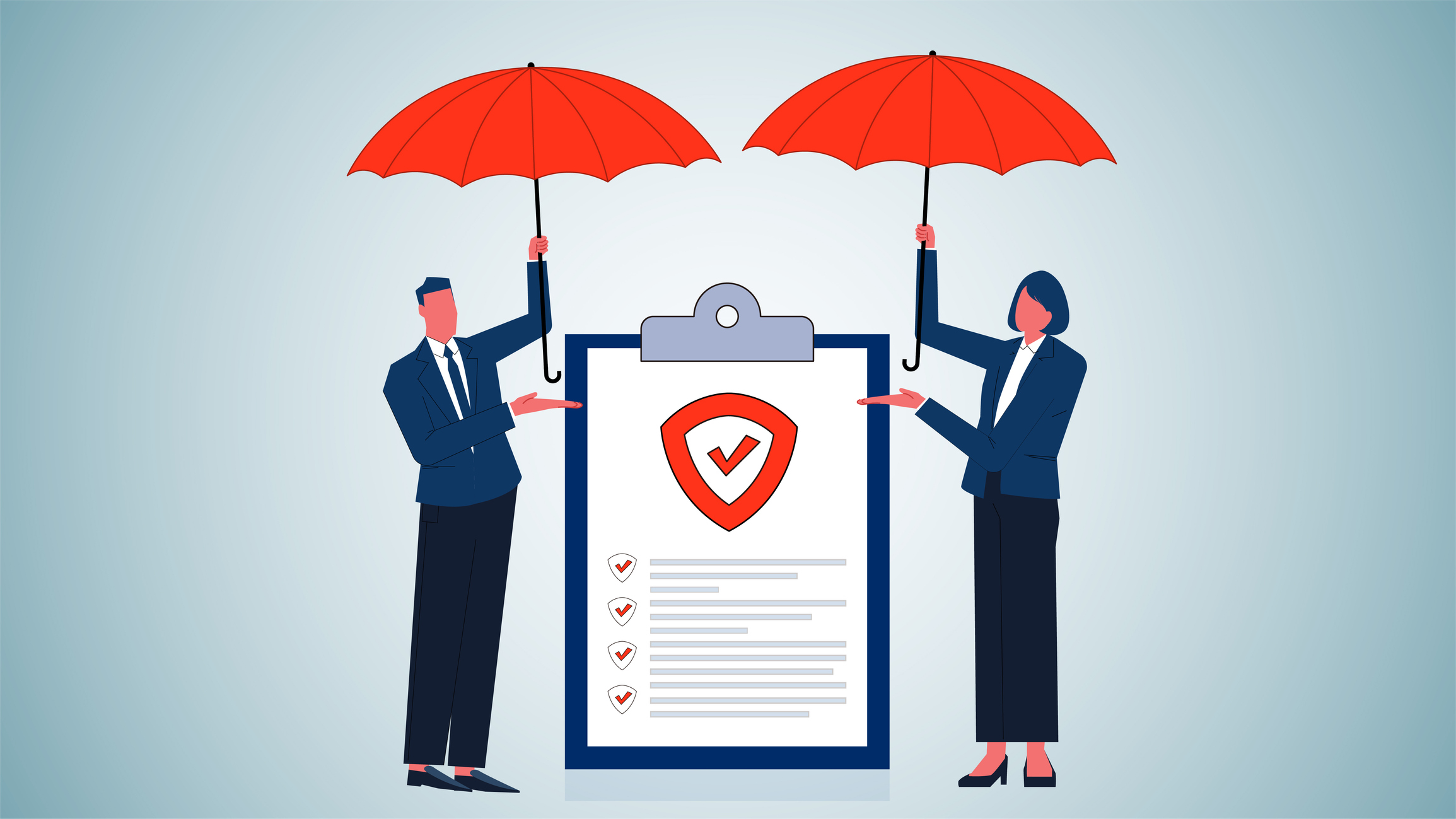Zero Trust in Practice—Lessons from the APC x Fortinet Discussion
In our recent session with Fortinet, we explored why achieving Zero Trust remains so challenging, realizing that success depends less on technology and more on adopting a continuous, people-centered approach that prioritizes visibility, integration, and adaptive security across today’s hybrid environments.














